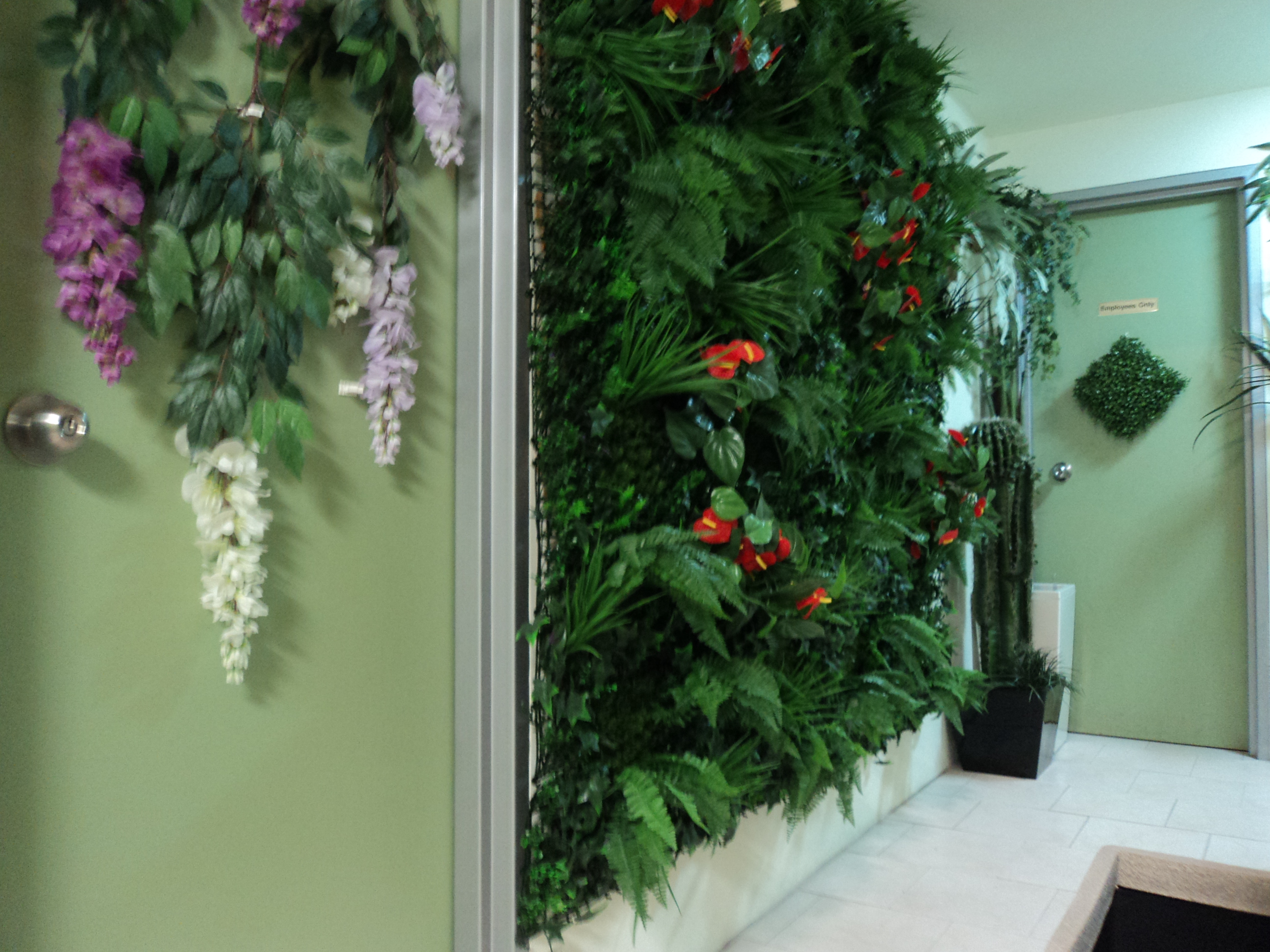
annuals: If you don’t mind changing up your wall once in a while, or if you’re okay with periods of no greenery, you could go with annuals. Select plants that are fairly low-maintenance, disease-resistant, and all-around resilient. Disease-resistant and hardy: The last thing you want for your green wall is for it to look dead and brown.Shallow roots: Avoid selecting plants which require deep soil, and stick with ones with shallow roots.If you have a south-facing window, for example, select several plants that like bright-light. Once you’ve selected a designated spot for your vertical garden, keep track of the lighting conditions throughout the day, and how much sun actually reaches the wall. Lighting: The light requirements of each plant is one of the main factors to consider.Here are a few things to keep in mind when selecting the best plants for your vertical garden. Work with what you got!īecause we all know that no matter how much TLC we give to a strawberry plant, for example, it’s never going to grow big and strong without plenty of sun. Since you know your own space the best, pick plants that work well within your existing lighting and climate conditions. Living wall plant selection is one of the most important, if not THE most important aspect in building a successful garden. Things to consider when selecting the best plants for a living wall Typically these climbing walls are outdoors, but you can replicate this indoors as well. Trellises and wall support systems: If you’re planning on having climbers or vines, using a trellis (or something similar) is an easy way to build a living wall.You can DIY this, or buy ready-to-use ones like the systems from WallyGro. This allows you to easily change up plants as needed, and water them.

Vertical plant containers: This type of vertical garden uses a frame and allows you to remove individual sections or pots in and out as needed.Similar to a large wall panel, these plants stay within the frame as a unit. Wooden frame system: You can buy or build your own wall-mounted frame in any size you wish.Most large panels use a hydroponic setup such as a drip irrigation system. You’ll also need to protect the wall with some sort of waterproof layer. The larger the panel, the heavier it is, so it’s important to know that your wall meets proper strength requirements. Commercial panel or living wall systems: Large panels of vertical plants require an initial investment and setup.

Or you could buy one of the many commercially-available living wall systems. You could build your own wooden frame to store a few plants. You can choose to go the DIY-approach and fasten a living wall from upcycled bottles, planters, and jars. When it comes to green walls, you need only to scroll through Pinterest to discover there are TONS of options. Takes up less space: If you’re short on room, vertical gardens are a great way to maximize every square inch of growing space.Ĭredit: Elifin Realty / Unsplash Types of green walls.On the flip side, if you have an unsightly wall, or things you’d like to conceal, plant foliage is a great way to cover things up.



 0 kommentar(er)
0 kommentar(er)
